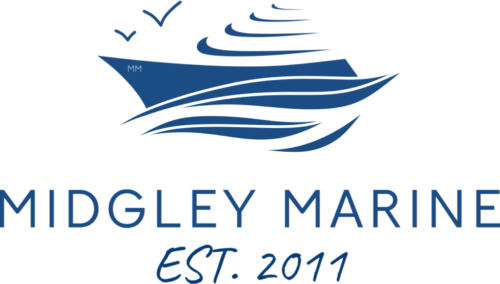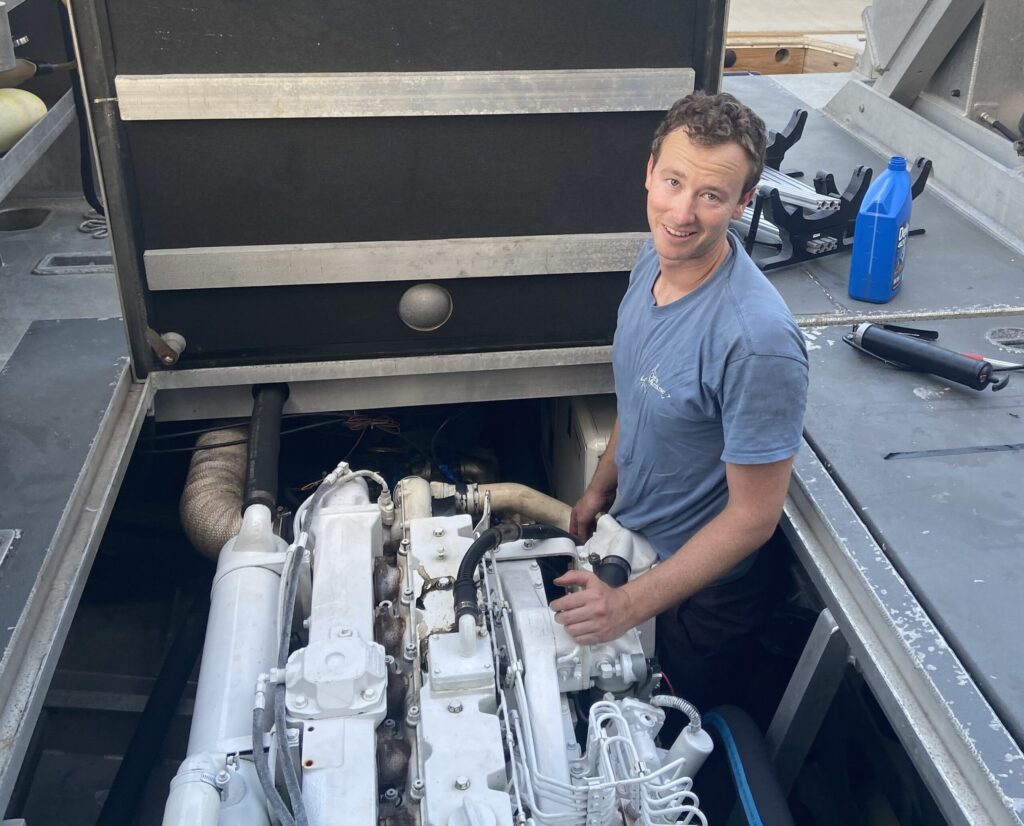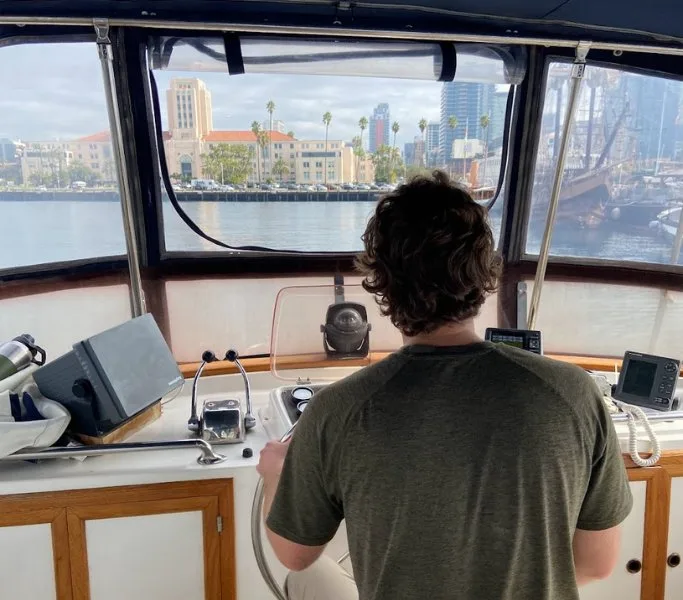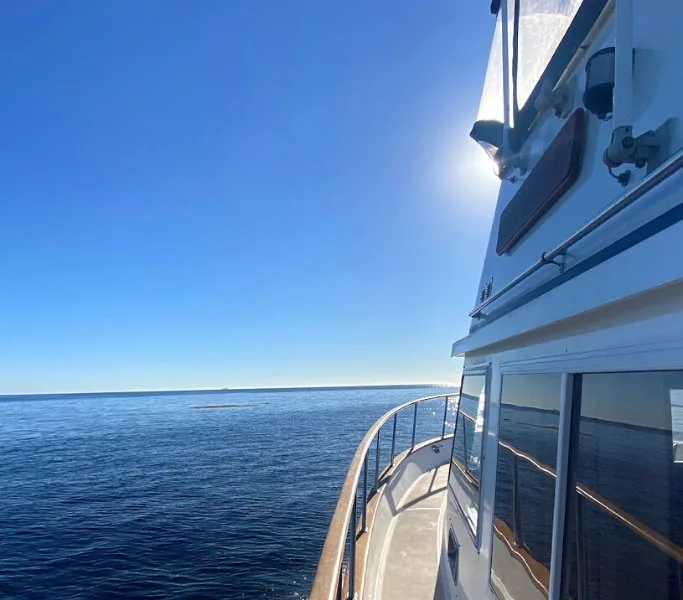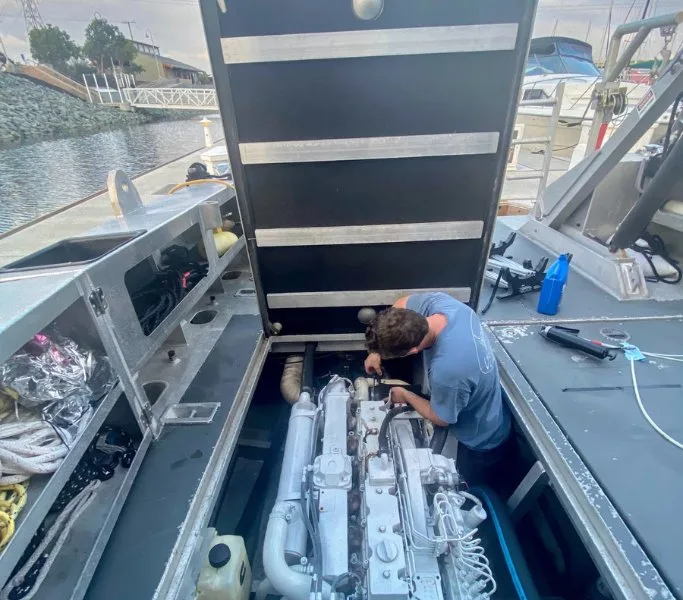The stem-to-stern inspection includes the following items, as applicable to your vessel. The goal of this process is to catch any problems that arise and make the owner aware of the issues, so that they don’t affect your next outing.
Hull: Check the hull for any damage, cracks, or signs of wear and tear. Inspect the hull fittings and through-hull fittings to ensure they are tight and secure.
Deck: Check the deck for any soft spots or areas of delamination. Inspect the deck hardware, including cleats, chocks, and stanchions, to ensure they are secure.
Rigging: Inspect the rigging for signs of wear and tear, including frayed wires, corrosion, and loose fittings.
Anchoring system: Inspect the anchor, chain, and rode for any signs of damage. Check the windlass or manual windlass for proper operation.
Electrical system: Check the electrical system for any loose connections and corrosion. Ensure that all lights, instruments, and other electrical components are in good working condition.
Safety equipment: Check the condition and expiration dates of all safety equipment, including life jackets, flares, and fire extinguishers. Ensure that all required equipment is on board and in good working condition.
Cockpit: Inspect the cockpit for any signs of wear or damage. Check the condition of the cockpit cushions, steering wheel, and other components. Ensure that all drains are clear and functioning properly.
Hatches and ports: Inspect all hatches and ports for signs of leakage. Ensure that all seals are in good condition and that they are closing properly.
Paint and varnish: Inspect the paint and varnish for any signs of wear.
